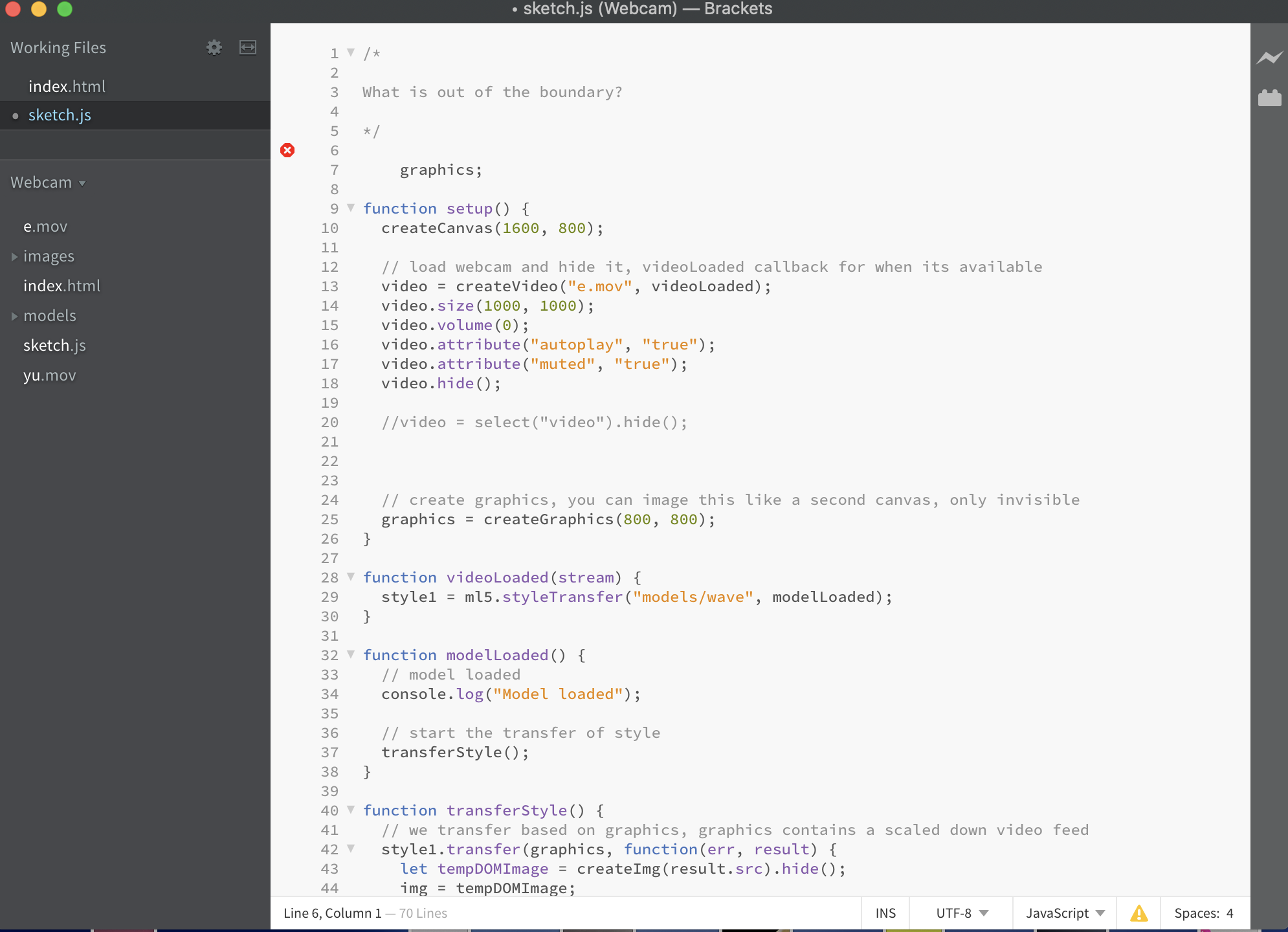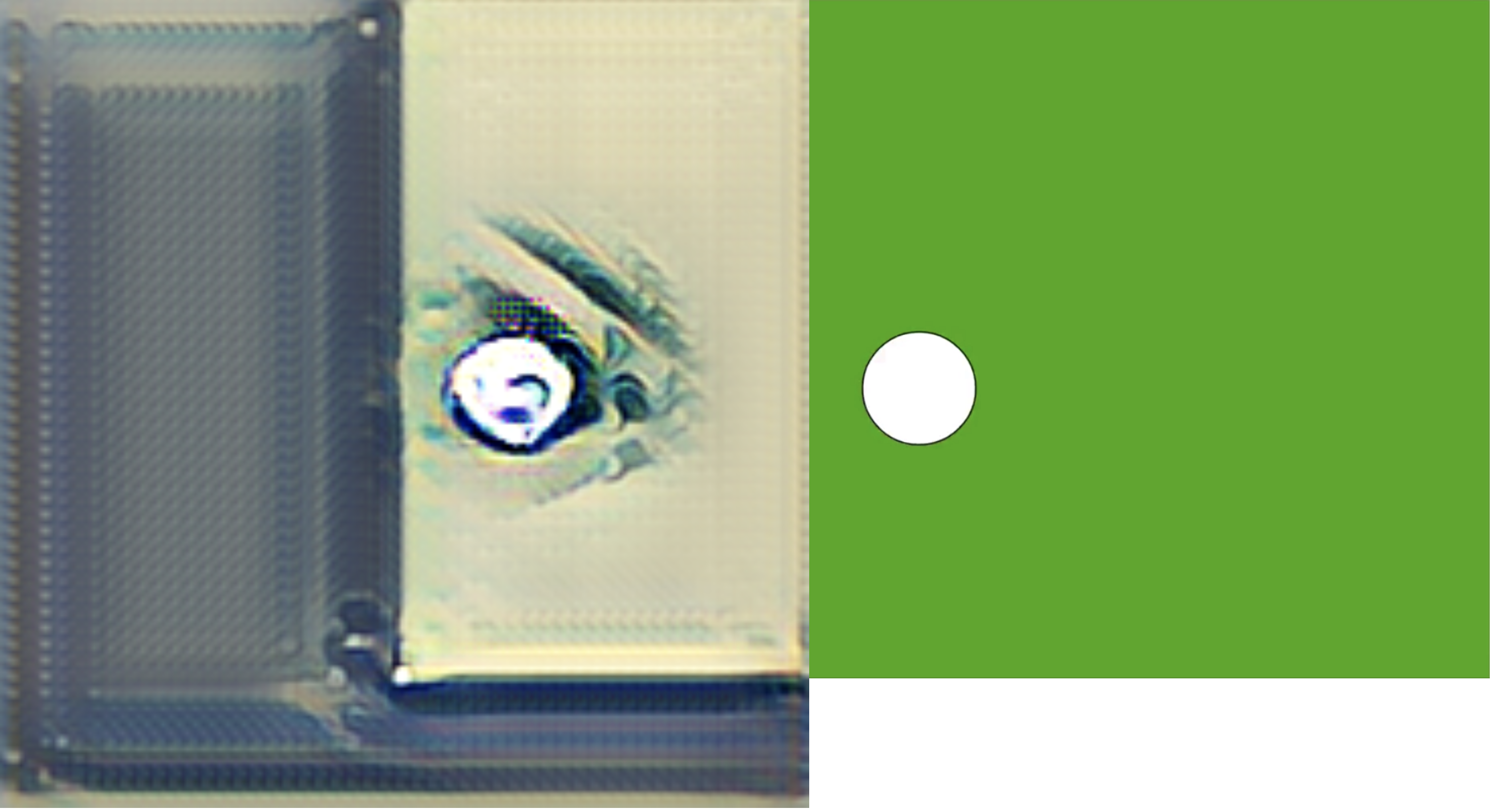Dr Strange
This is an experimental work inspired by the film Dr Strange.
produced by: Shiqi Dong
Introduction
I want to make an audiovisual performance by using openframeworks. Since these days, we have learned how to deal with the visual code and the audio stuff. I feel that I can combine them with the knowledge which I learn from other courses. So, for improving the visual result I insert the machine learning skills. It makes everything become surrealism.
Concept and background research
I have watched Dr Strange before, I feel this person is so magical. He has a rolling wheel when he uses his power. And I want to rebuild this effect and add my personal artistic style. I think only build the visual effect is not enough, I also want to add some sound effects to it. Or I can make an instrument then I can do a performance. So I tried those things I mentioned.
I noticed that everything was so surreal in that film. I think what should I do to make this effect. Then I combine it with the Style transfer (Machine Learning) to add some weird and interesting part.
Technical
The coding elements that I used include nested for loops, vectors, ofTranslate, ofMap, if statements and various data types including int, float and bool. Also the webcam, optical flow, audio library, another library. P5.js Machine Learning skills and apply the source to the model. The main challenges I faced was adjusting the audio with the visual stuff. And adjusting the training results.
Self evaluation
I think I still have some space to improve the work, but I maybe change my major direction in the future.
References
Theo, Class (learn.gold.ac.uk): Optical Flow
Joe, Machine Learning: Style transfer
https://openframeworks.cc/ofBook
The Nature of Code, Daniel Shiffman
Wang, G. (2018) Artful design: technology in search of the sublime. Stanford, CA: Standford University Press.
Salter, C. and Sellars, P. (2010) Entangled: technology and the transformation of performance. Cambridge, Mass: MIT.
Laurel, B. (1991) Computers as theatre. Reading, Mass: Addison-Wesley Pub.
Manzo, V. J. (2016) Max/MSP/Jitter for music: a practical guide to developing interactive music systems for education and more. Second edition. New York: Oxford University Press.
Edstrom, B. (2016) Arduino for musicians: a complete guide to Arduino and teensy microcontrollers. New York: Oxford University Press.
Cook, M., Banzi, M. and Cuartielles Ruiz, D. (2015) Arduino music and audio projects. [Berkeley, CA]: Apress.
Cipriani, A. and Giri, M. (2016) Electronic music and sound design: theory and practice with Max 7. Third edition. Rome, Italy: ConTempoNet
Winkler, T. (1998) Composing interactive music: techniques and ideas using Max. Cambridge, Mass: MIT

































































